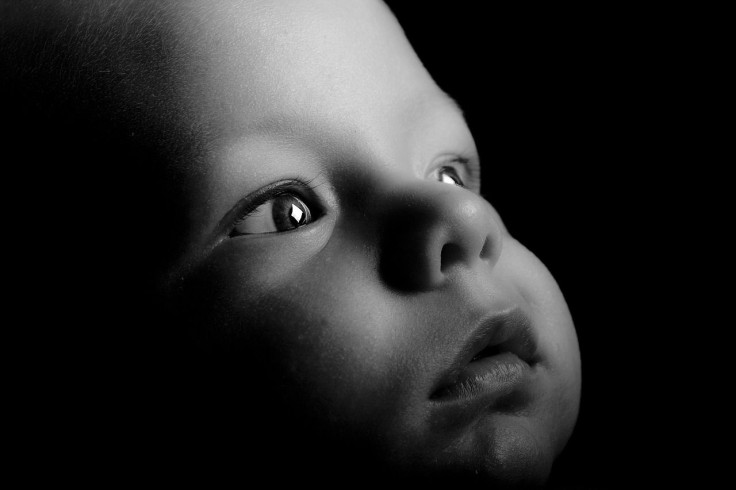Autism Spectrum Disorder May Not Develop Entirely In Human Brain; Defects In Skin's Nervous System Found

One out of every 68 children suffers from an autism spectrum disorder (ASD), a condition that for years scientists have believed originates inside the brain. A new study by Harvard Medical School researchers reveals experts may have been wrong all along, and that ASD may not involve just the brain, but the skin too. This makes sense since many of the symptoms people with autism experience involve issues with sensory processing, which makes them hypersensitive to various sensory stimuli — among them, touch.
"An underlying assumption has been that ASD is solely a disease of the brain, but we've found that may not always be the case," said the study’s senior author David Ginty, a neurobiology professor at Harvard Medical School, in a statement. "Advances in mouse genetics have made it possible for us to study genes linked to ASD by altering them only in certain types of nerve cells and studying the effects."
Many people with autism are often hypersensitive to light touches, a sign that indicates to experts that part of their disorder is tactile in nature. It’s often possible to calm a person whose sensory system is believed to be overstimulated by using deep pressure applied through hugs and heavy blankets. Knowing this, Ginty and his team tested how mice reacted to a light puff of air on their backs and how well they could differentiate various textures. Because certain gene mutations were related to ASD in humans, such as Mecp2 and Gabrb3, researchers found mice with the mutations were startled by the puffs of air, compared to normal mice. They were also unable to tell the difference between textures.
"Although we know about several genes associated with ASD, a challenge and a major goal has been to find where in the nervous system the problems occur," Ginty said. "By engineering mice that have these mutations only in their peripheral sensory neurons, which detect light touch stimuli acting on the skin, we've shown that mutations there are both necessary and sufficient for creating mice with an abnormal hypersensitivity to touch."
Their findings, published in the journal Cell, reveal that the sensation of touch travels along receptors at the surface of the skin and connects into the central nervous system. The sense of touch is key to socialization and navigation, which is why an abnormal reaction to it can make it problematic for a person with ASD to function in their day-to-day life.
Ginty concluded: "We think it works the same way in humans with ASD."

Currently, researchers have only found this effect in mice with anxiety problems that resemble autism, which limits them in being able to predict exactly how it will play out in a human brain. If removing the genetic marker in humans works the same way it did in mice, the approach might turn the volume down on how sensitive those with autism are to touch.
However, being able to see how the receptors in the central nervous system differ depending on ASD gene mutations reveals that the brain may not be working alone. Instead, researchers believe that identifying ways to target both the brain and the central nervous system could help doctors treat the disease in a way that helps manage some of the anxiety behaviors and difficulties with social interactions that are common among people who suffer from the condition.
Dr. Mark Zylka is a Harvard University professor with expertise in the mechanisms of pain and autism. Though he wasn't involved in the study, he told Medical Daily: “It will be very difficult to eliminate a faulty gene in a human. However, knowing what gene is mutated in a child with autism could, in the future, be used to treat that child with medicines that are personalized for their unique mutation. This study will refocus scientists on the peripheral nervous system as a possible source of some of the symptoms of autism.”
Source: Ginty DD, Orefice LL, Zimmerman AL, Chirila AM, Sleboda SJ, and Head JP. Peripheral Mechanosensory Neuron Dysfunction Underlies Tactile and Behavioral Deficits in Mouse Models of ASDs. Cell. 2016.



























